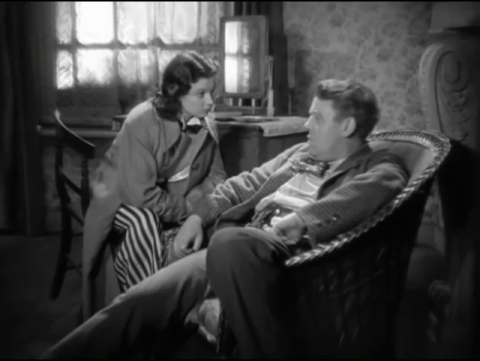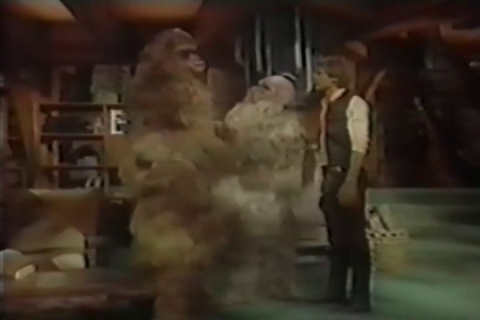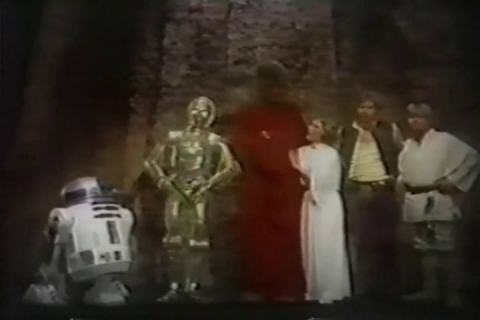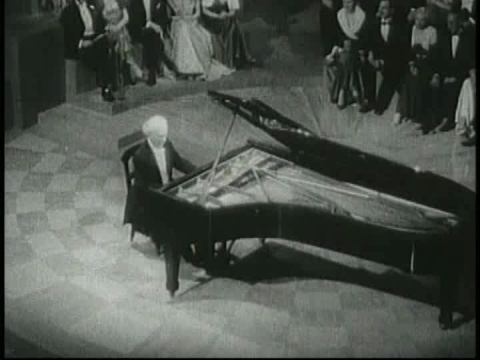Movies about choirs (or, rather, the individuals in them) are not all that common, but if you watch a lot of film you have probably seen a couple, such as Swedish As It Is in Heaven (2004) or English Song for Marion (2012).
Being myself a choir singer, I have definitely seen my share, and I have come to the conclusion that the majority of such films are built around a common template or structure. In terms of dramaturgy, they share a number of traits and characters. I will describe these traits and exemplify with an old TV movie, A Christmas Without Snow.
Early in a choir film, often just at the beginning, we see the Change. Something happens, usually an external force, that takes the choir in a new direction, or even causes its creation. Such Change is usually connected with the Leader, typically the conductor. In A Christmas Without Snow, this Change is the arrival of Mr. Adams, a retired musician, to take over as the Leader of the small and rather bad choir in a San Francisco church.

Almost immediately, Mr. Adams announces his intention to perform Händel’s Messiah for Christmas. This is the film’s Goal, which is often closely connected with the Change. This announcement is followed by a period of Consolidation where the choir grows and improves. During the Consolidation we get to know many of the other members, including the Soloist Mrs. Kim, who sets a good example for everyone with her exceptional voice and personality; the Dissenter Mrs. Burns, an old opera singer who creates tension through her egotistical personality; and the Disharmonist Inez, a well-meaning old lady who no longer manages to sing in tune.
It would be a boring film indeed if there was not a Crisis to upset the order and, seemingly, make the Goal impossible to reach. A Christmas Without Snow has no less than two separate Crises. First the church organ is vandalised, and there is no money to repair it. But the choir decides to do the job themselves; a Turning which resolves the Crisis. But then Mr. Adams has a stroke only days before the concert. He survives, but cannot lead the choir. Again, of course, there is a Turning to make things right. Arrives finally the day of the big concert. The church is full and the choir makes an excellent performance in the Accomplishment of the Goal.
Now, if you think I ruined A Christmas Without Snow for you by spoiling all the crucial parts, not to worry. There is plenty of plot going on in addition to the “template” events, so this nice (if a bit overstuffed) movie still offers much to discover. Not least the main story about Zoe and her frustration of having to leave her son behind while she is looking for a new job.
The structure I have outlined above, with a Change, a Goal, a Consolidation, a Crisis, a Turning and an Accomplishment, is one you will be able to recognize in almost any choir movie you watch. There may be slight variations. Song for Marion, for instance, conforms to the basic structure, but has no Disharmonist and no clear Dissenter.
This choir film structure is one that can also be seen (although usually not quite so dramatically intense) in most real choirs, as the choir builds itself for the next concert performance. This real-life drama is perhaps one of the reasons why choir singing is such a popular pastime. But there are also fascinating parallels with another genre of movies, namely sports films such as The Bad News Bears (1976), where the new coach has to take the league’s worst team to the top. It is interesting to speculate about the reasons for these parallels.
This film is best enjoyed if you are a choir singer yourself, but should work for anyone who wants to get in the right mood for the Holidays.

A Christmas Without Snow
Download link
Year: 1980
Running time: 1 h 35 min
Director: John Korty
Stars: Michael Learned, John Houseman
Image quality: Good
Resolution: Medium (496×384)
Sound quality: Good
Best file format: Divx (699 M)













